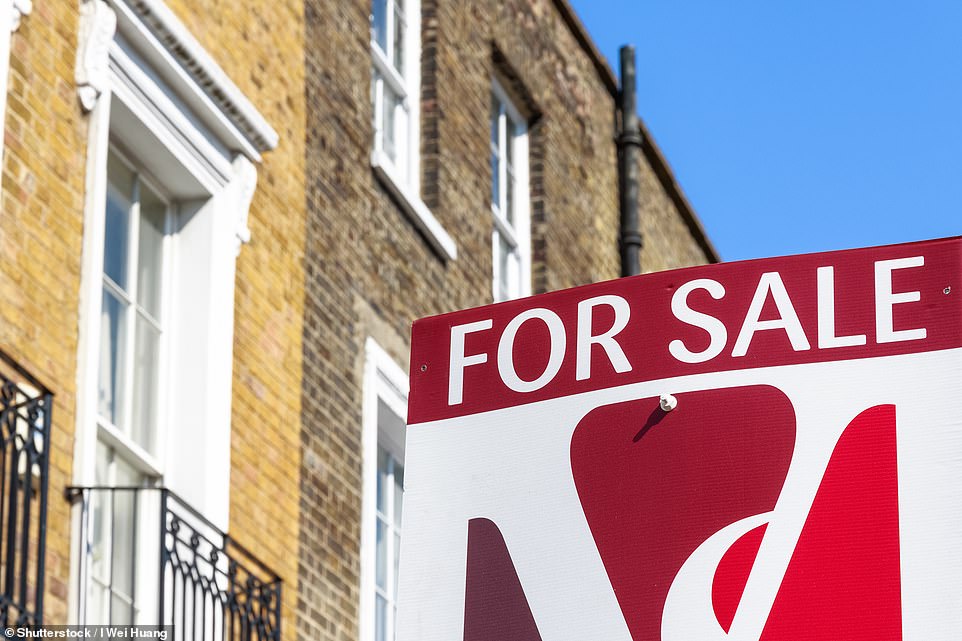
Britain’s buy-to-let boom could soon be about to bust due to a perfect storm of rising interest rates, cost of living pressures and the possibility of falling property prices, experts have today told MailOnline.
Rising borrowing costs sparked by rising interest rates are thought be putting landlords – particularly those with smaller portfolios – off the buy-to-let market.
On top of that, experts say landlords are now facing inflation on the cost of repairs, rising insurance costs and increases in flat-block maintenance fees, that are increasingly making letting less attractive.
And new regulations aimed at cracking down on buy-to-let landlords – as well as second home owners- are also further persuading property to consider selling up.
New figures show as many as 20 percent of landlords are now considering selling up some or all of their property portfolios.
Holiday home owners could also look to sell-off their ‘at the top of the market’, amid forecasts from experts that property price increases will slow in the coming months.
Experts say a flood of small former buy-to-let properties on the property market could be good for first-time-buyers – who face a competitive market for new-build properties and a widening divide in the wage to property price ratio.
But they warn rising inflation rates will likely see the end of ‘ordinary’ Britons taking part in the buy-to-let market, leaving renters at the mercy of much larger corporate landlords, who will be able to better absorb the costs.
And a smaller letting market could lead to an increase in rent for millions – despite the average rental bill already increasing by more than 9 per cent in the last year.
Jonathan Rolande, Property Expert at HouseBuyFast, told MailOnline: ‘I think this is in some respects, the end or at least the beginning of the end, of Britain’s buy-to-let boom, particularly for smaller ‘Mum and Dad’ type landlords.

Britain’s buy-to-let boom (pictured: Library image) could soon be about to bust due to a perfect storm of rising interest rates, cost of living pressures and the possibility of falling property prices, experts have today told MailOnline
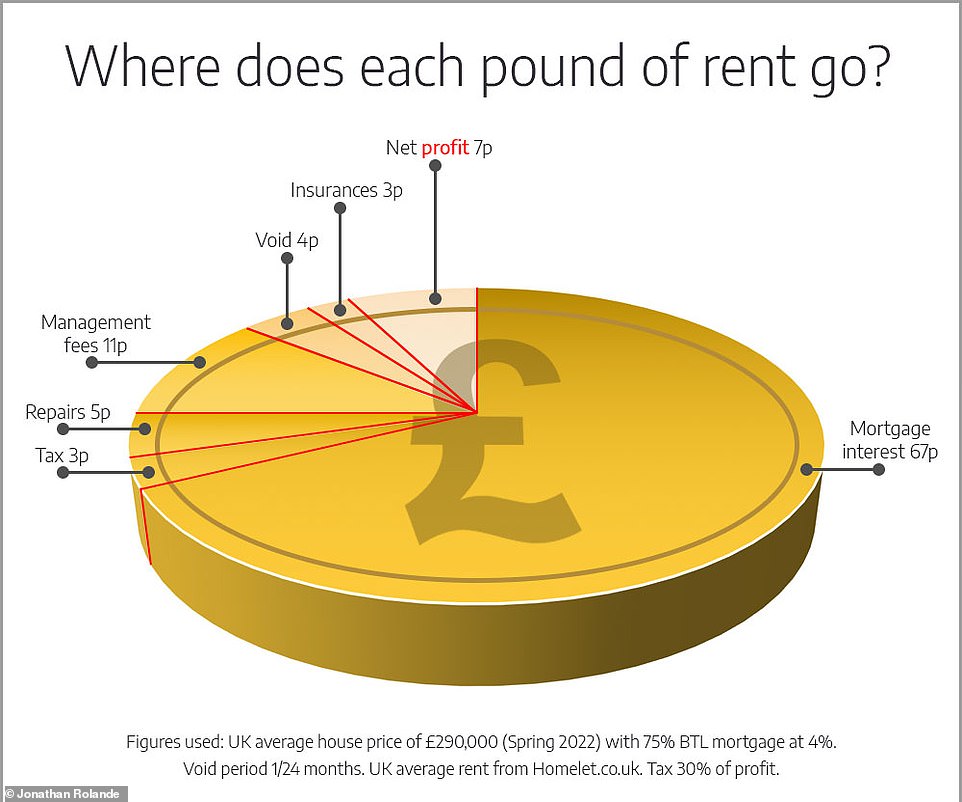



Rising borrowing costs sparked by rising interest rates are thought be putting landlords – particularly those with smaller portfolios – off the buy-to-let market. On top of that, experts say landlords are now facing inflation on the cost of repairs, rising insurance costs and increases in flat-block maintenance fees, that are increasingly making letting less attractive. Pictured: Graphic from House Buy Fast
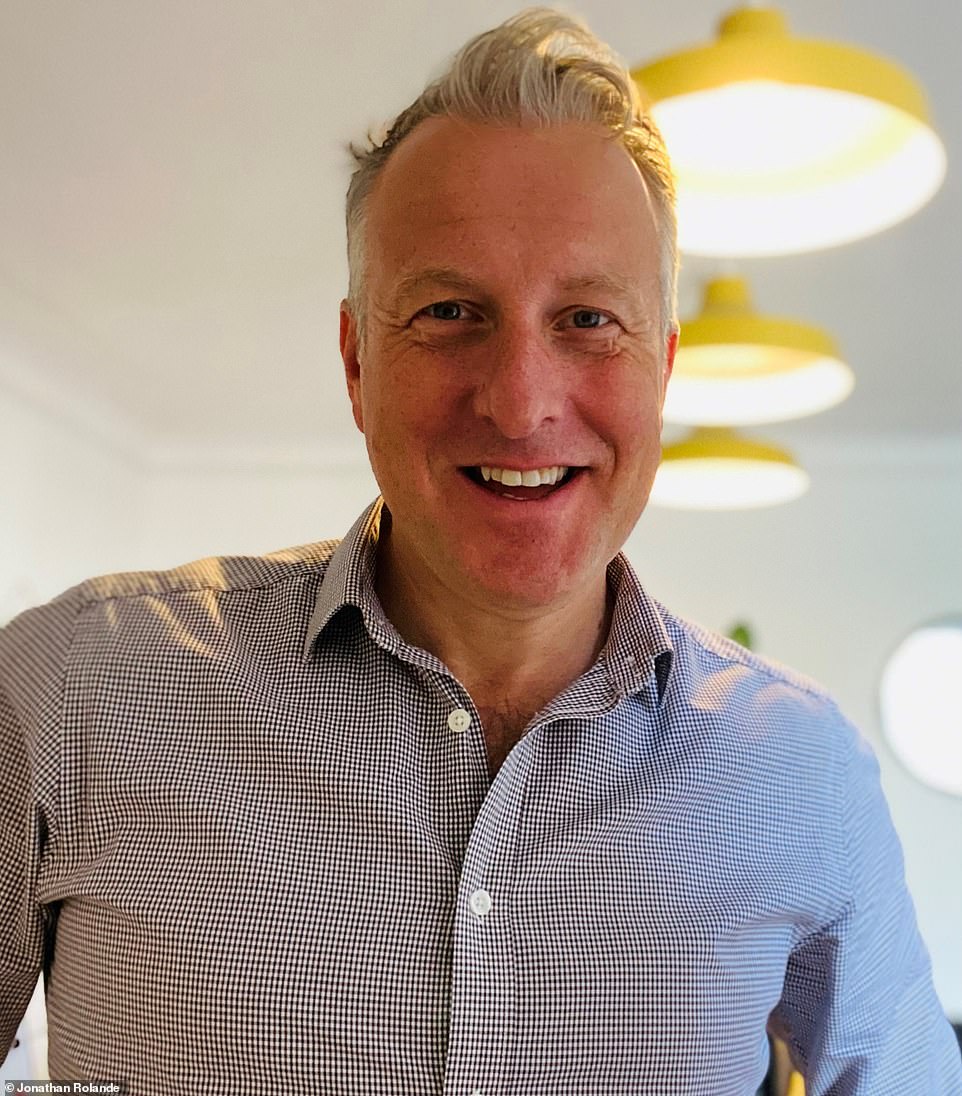





Jonathan Rolande, Property Expert at HouseBuyFast, told MailOnline: ‘I think this is in some respects, the end or at least the beginning of the end, of Britain’s buy-to-let boom, particularly for smaller ‘Mum and Dad’ type landlords.’
‘After all of the costs involved, landlords are usually working on a profit margin of around 4 per cent.
‘But with rising interest rates, if they hit something like 2 per cent or 2.5 per cent, then many landlords are going avoid the aggro and be encouraged to sell up and put the money in the bank.’
Mr Rolande believes smaller landlords, with one of two properties, will be the ones most likely to sell up.
‘These landlords are are oftening showing more care towards their tenants and are much more approachable.
‘I think larger commercial landlords will stay and they can be a lot more unsympathetic when it comes to things like personal circumstances or late payment – if you don’t pay rent that’s that.’
Mr Rolande also believes the potential for property price rises to slow, or even fall, in the coming months could see a rush to sell-up for some landlords.
New figures today revealed how average house prices in the UK fell by 0.1 per cent month-on-month in July – a £365 fall in cash terms – after reaching record highs in June.
Experts say activity in the housing market has ‘softened’ in recent months, and that a ‘slowdown’ on house prices – which exploded during the pandemic – has been ‘expected for some time’.
And Mr Rolande believes buy-to-let landlords and second home owners may try to sell up while property prices are at a peak.
He said: ‘I think there will be people trying to sell up while properties are at the top of the market.
‘Of course, second home owners are often more likely to be wealthier people, without a mortgage, or those whose holiday homes in Cornwall and Devon have been in their families for generations, but they may still try to sell now.’
The UK buy-to-let market, which initially boomed in the wake of Margaret Thatcher’s property ownership reforms in the late 1980s, has boomed again in recent years, due to a sustained period of low interest rates following the 2008 Credit Crunch.
Interest rates as low 0.25 per cent in recent years, plus an increase in banks offering low-deposit mortgages, has triggered those with savings to look at new ways to make better returns on their savings.
Meanwhile, property prices have boomed in the last 10 years, with low interest rates often making monthly mortgage repayments cheaper than renting.
The increase demand for property ownership, coupled with a low housing stock, has seen property prices rise on average by around 4.3 per cent in the 10 years from 2011 to 2021 – and nearly 6 per cent in London.
And the Covid pandemic and its continuing impact has pushed property prices even higher, on average by 12 per cent in the last year, according to figures by Halifax.
But that could soon slow, according to experts. Average house prices fell by 0.1 per cent month-on-month in July – a £365 fall in cash terms – according newly released data from Halifax. It means a typical UK property now costs £293,221, according to the bank.
The small but potentially significant slow in the market – the first since June 2021 – comes after average UK house prices reached a record high of £293,586 in June, Halifax say.
Experts say activity in the housing market has ‘softened’ in recent months, and that a ‘slowdown’ on house prices – which exploded during the pandemic – has been ‘expected for some time’.
They warn that increased borrowing costs, sparked by recent rises in interest rates, are now adding to the squeeze on household budgets against a backdrop of ‘exceptionally high’ house price-to-income ratios.
It comes as yesterday The Bank of England pushed up its base rate by 0.5 percentage point rise – the biggest increase in 27 years – in a bid to control spiralling inflation.
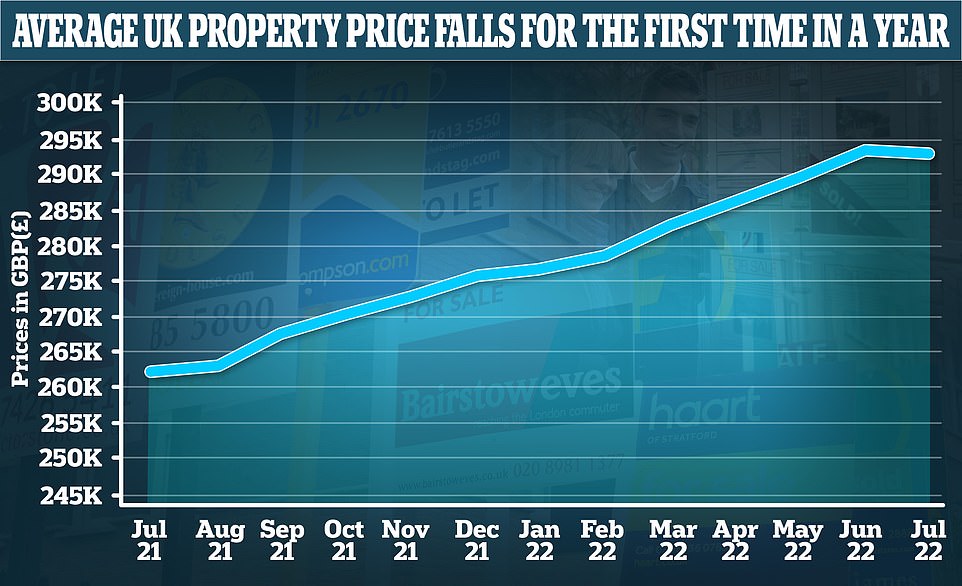





Average house prices in the UK fell by 0.1 per cent month-on-month in July – a £365 fall in cash terms – according newly released data from Halifax. It means a typical UK property now costs £293,221
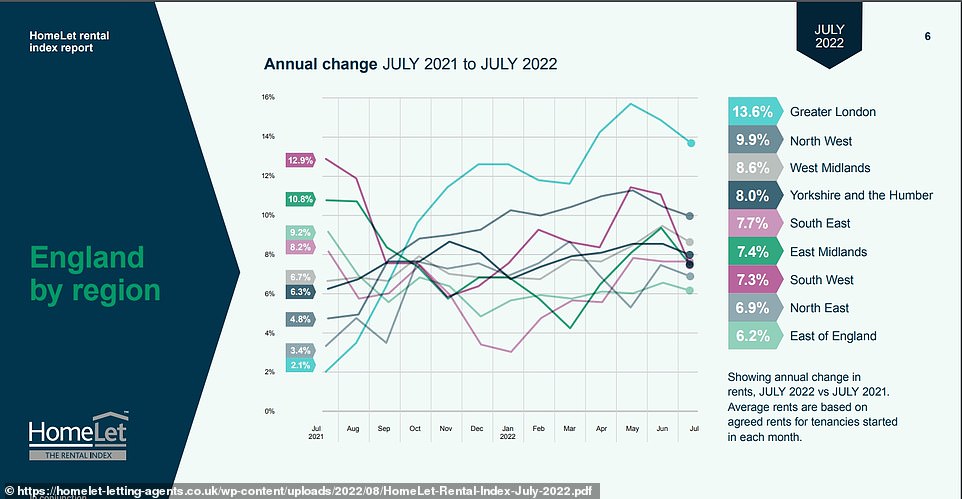





Mr Rolande also believes the potential for property price rises to slow, or even fall, in the coming months could see a rush to sell-up for some landlords. Rent costs have increased as much as 13 per cent in Greater London in the last year
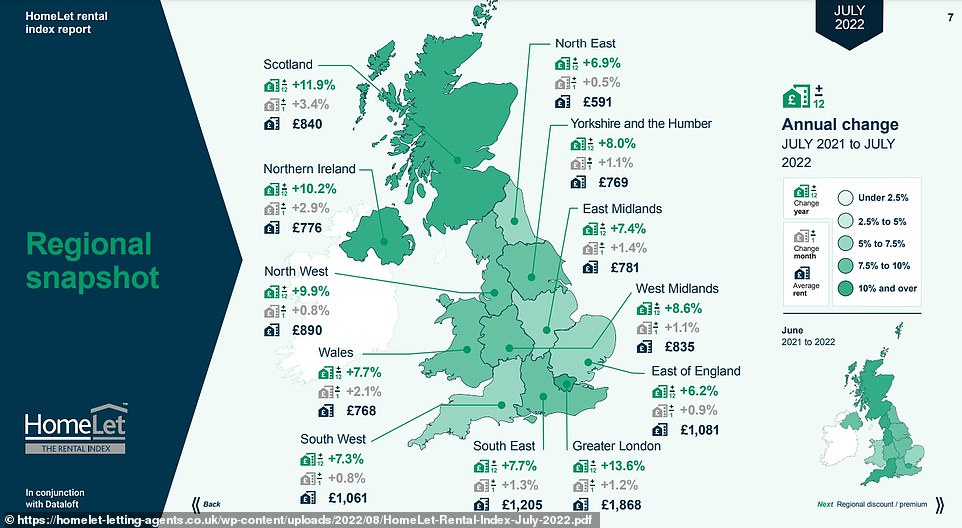





Figures from HomeLet show how different areas of the country have seen different increase in rent prices in the last year, with Greater London the highest at 13.6 per cent and the east of England seeing the lowest percentage annual increase
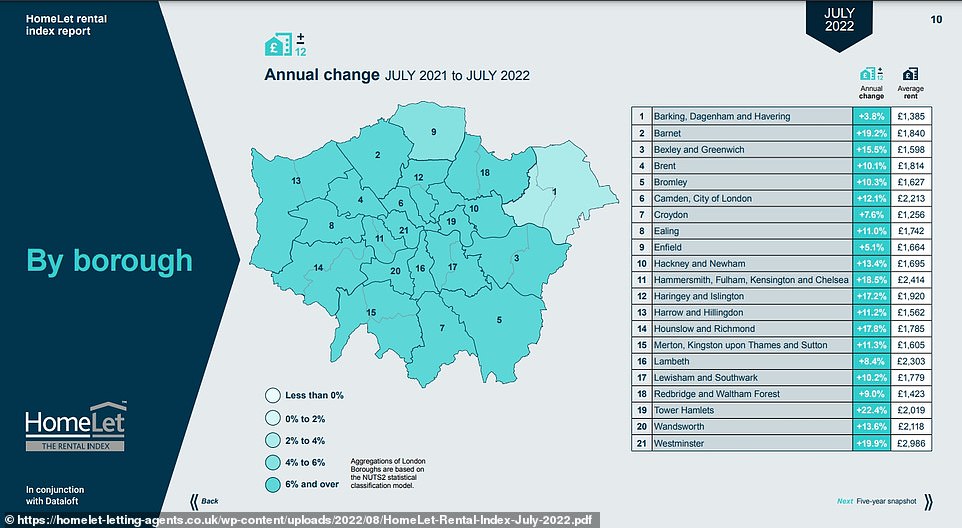





In London, the largest annual percentage increase in rent was in Tower Hamlets, east London, followed Westminster, central London and by Barnet, in north west London
Its base rate, which banks use to set mortgage costs, is now at a 13-year high of 1.75 per cent, up from 1.25 per cent.
The rise is the sixth consecutive increase since December. And it has sparked warnings of a potential ‘mortgage time bomb’ for millions of mortgage owners, as their fixed-rate loans come to an end.
The slowing of property price rises, plus the increase in borrowing costs for buy-to-let landlords with a mortgage, are two of the main reasons why experts believe homeowners might now look to sell up.
And, according to figures by HomeLet, as many as one in five landlords could now look to sell up some or all of their buy-to-let portfolios.
According to HomeLet & Let Alliance chief executive, Andy Halsted, the figure is as high as 22 per cent for landlords in London.
He said: ‘This month’s figures paint a picture of a rental market that is struggling to meet the needs of renters or landlords, with spiralling prices a bad sign for both parties.
‘One of the main factors leading to rising rent prices is a lack of supply on the market to match demand. This problem could worsen if landlords continue to leave the market, leaving a rapidly shrinking supply of available rental properties.
‘The issue is reflected by the overall findings from our recent Landlord Survey, where 18 per cent of all landlords that we spoke to said that they expect to reduce their portfolio or leave the sector entirely in the near future – this figure rises higher to 22 per cent for landlords based in London.
‘The same survey revealed that four out of five renters (78 per cent) are worried about how they will pay their rent.
‘A market too volatile for landlords to rely on receiving rents due, and properties too expensive for renters to cope with, is clearly unsustainable.’
Double hell for homeowners: Halifax reports average UK house prices have FALLEN for first month since June 2021 as interest rate hike raises mortgage payments for millions
UK house prices have fallen for the first time in a year, new figures have today revealed, with experts warning how rising interest rates and the cost of living crisis are now beginning to bite.
Average house prices in the UK fell by 0.1 per cent month-on-month in July – a £365 fall in cash terms – according newly released data from Halifax. It means a typical UK property now costs £293,221, according to the bank.
The small but potentially significant slow in the market – the first since June 2021 – comes after average UK house prices reached a record high of £293,586 in June, Halifax say.
It also comes just days after separate data from Nationwide suggested Britain’s housing market had in fact continued to hold strong, with the building society’s figures showing how prices have risen by 0.1 per cent month on month.
In one piece of good news for homeowners, average property prices are still up 11.8 per cent across the country year-on-year – a rise of around £30,000 when compared to July 2021 – according Halifax.
However experts say activity in the housing market has ‘softened’ in recent months, and that a ‘slowdown’ on house prices – which exploded during the pandemic – has been ‘expected for some time’.
They warn that increased borrowing costs, sparked by recent rises in interest rates, are now adding to the squeeze on household budgets against a backdrop of ‘exceptionally high’ house price-to-income ratios.
It comes as yesterday The Bank of England pushed up its base rate by 0.5 percentage point rise – the biggest increase in 27 years – in a bid to control spiralling inflation.
Its base rate, which banks use to set mortgage costs, is now at a 13-year high of 1.75 per cent, up from 1.25 per cent.
The rise is the sixth consecutive increase since December. And it has sparked warnings of a potential ‘mortgage time bomb’ for millions of mortgage owners, as their fixed-rate loans come to an end.
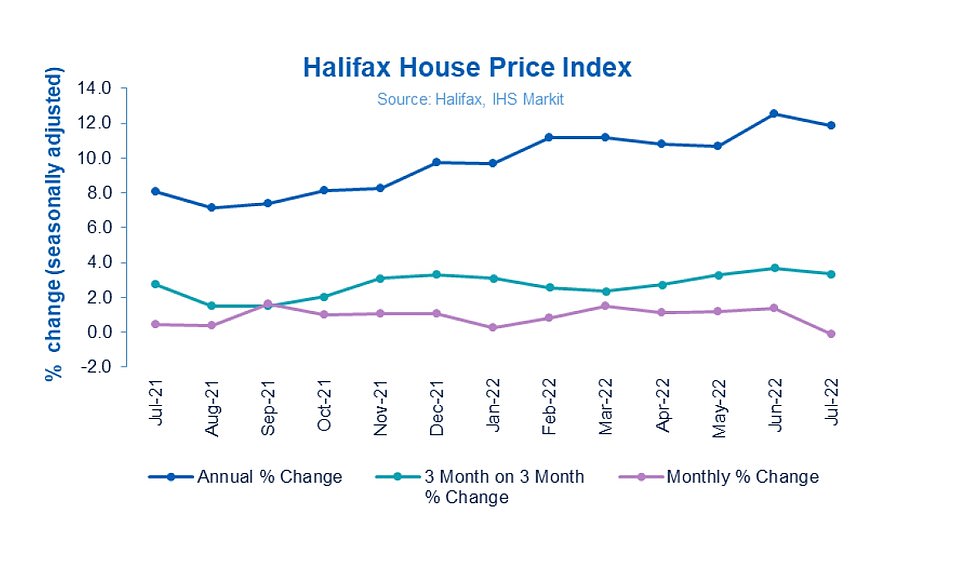





According to the figures, from Halifax’s House Price Index, house prices fell marginally by 0.1 per cent in July – the first decrease since June 2021
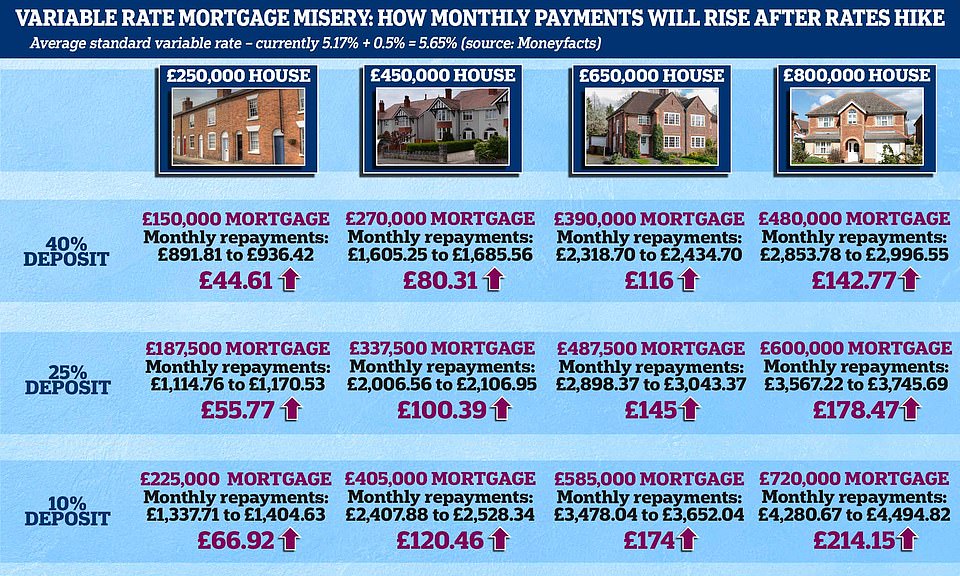





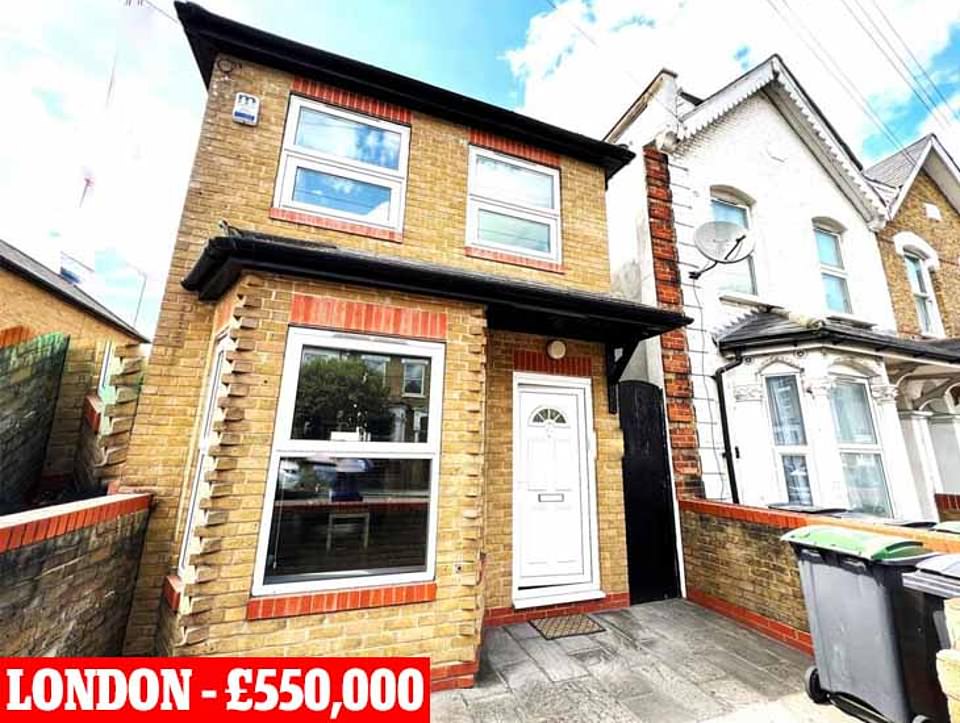





An example of a house in Wood Green costing around the average price for the London region, according to data from Halifax and Nationwide
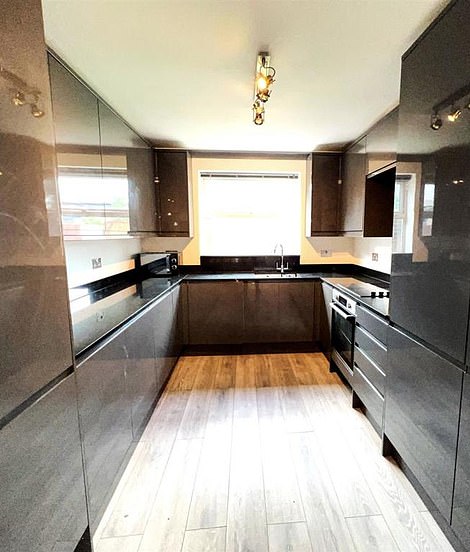





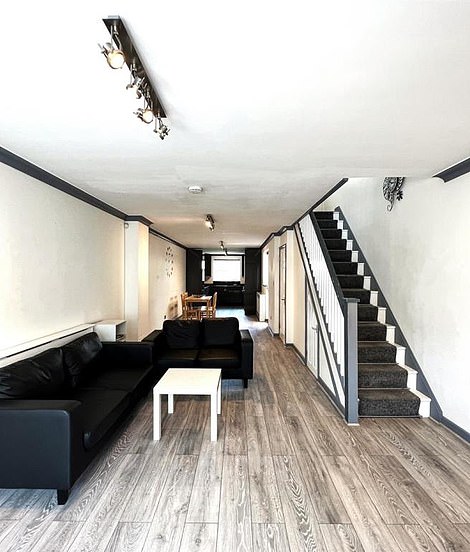





An example of a house in Wood Green costing around the average price for the London region, according to figures from Halifax and Nationwide Building Society
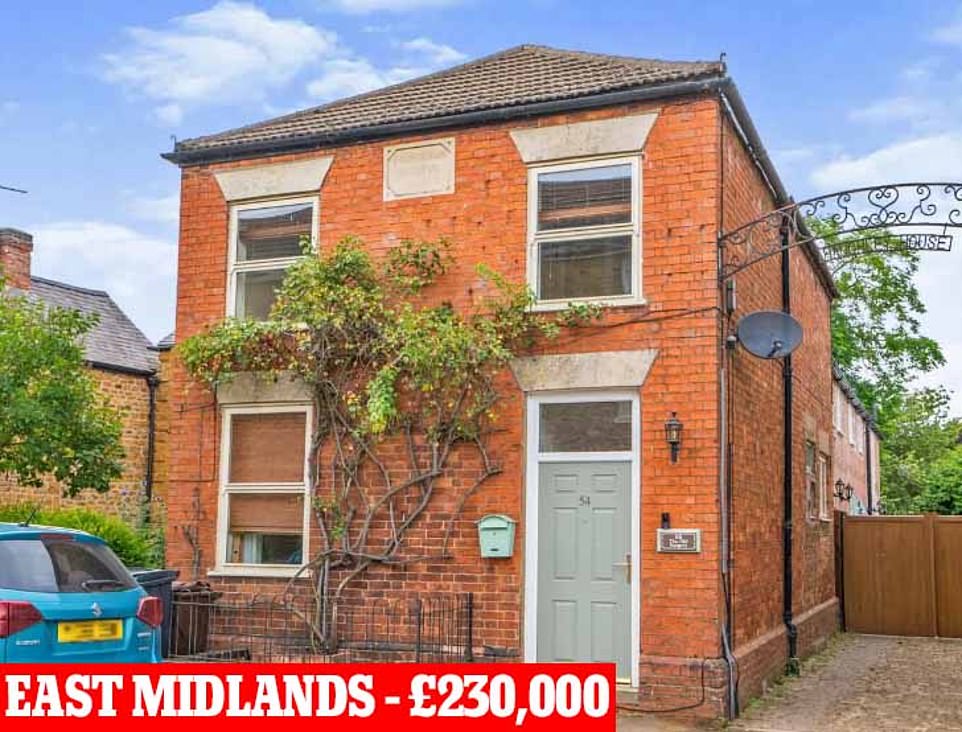





An example of a house in Somerby costing around the average price for the East Midlands region, according to figures from Halifax and Nationwide Building Society
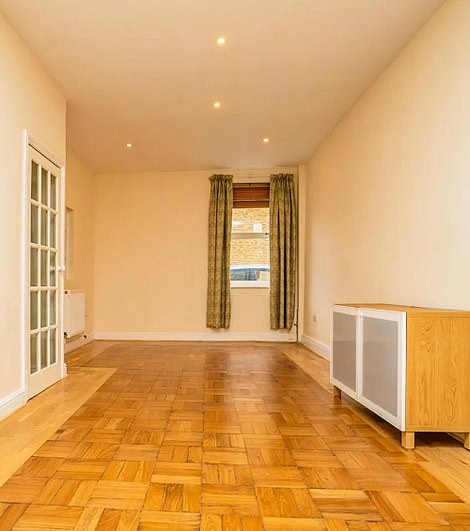





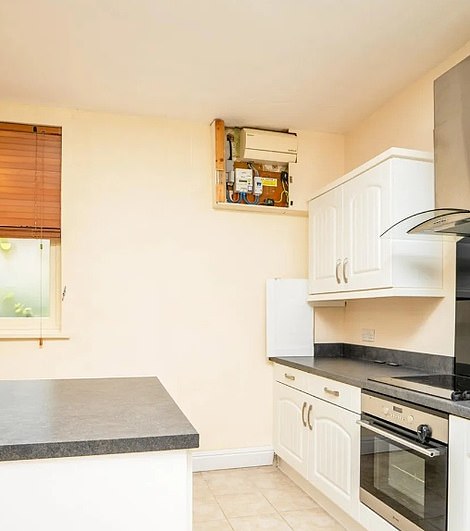





An example of a house in Somerby costing around the average price for the East Midlands region, according to figures from Halifax and Nationwide Building Society
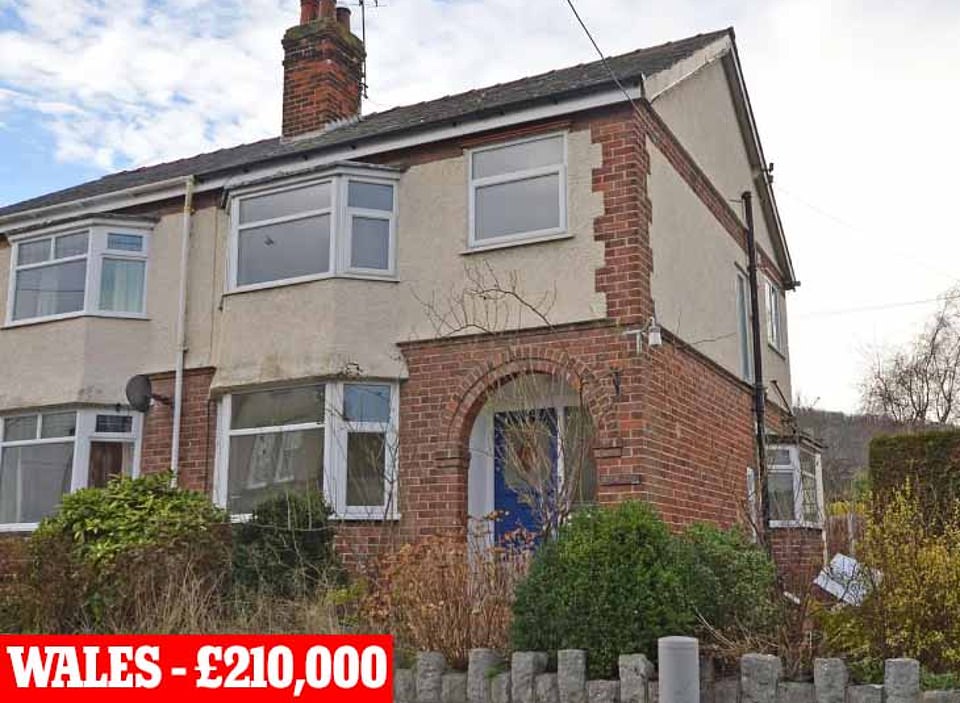





An example of a house in Conwy costing around the average price for the Wales region, according to figures from Halifax and Nationwide Building Society
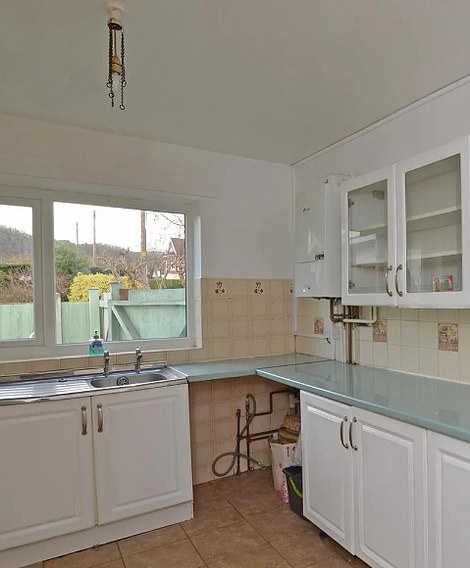





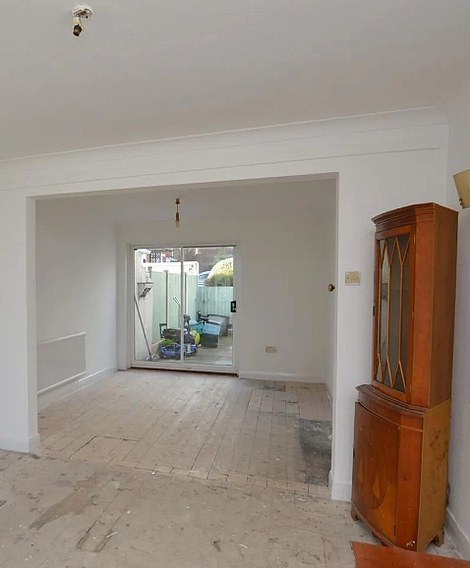





An example of a house in Conwy costing around the average price for the Wales region, according to figures from Halifax and Nationwide Building Society
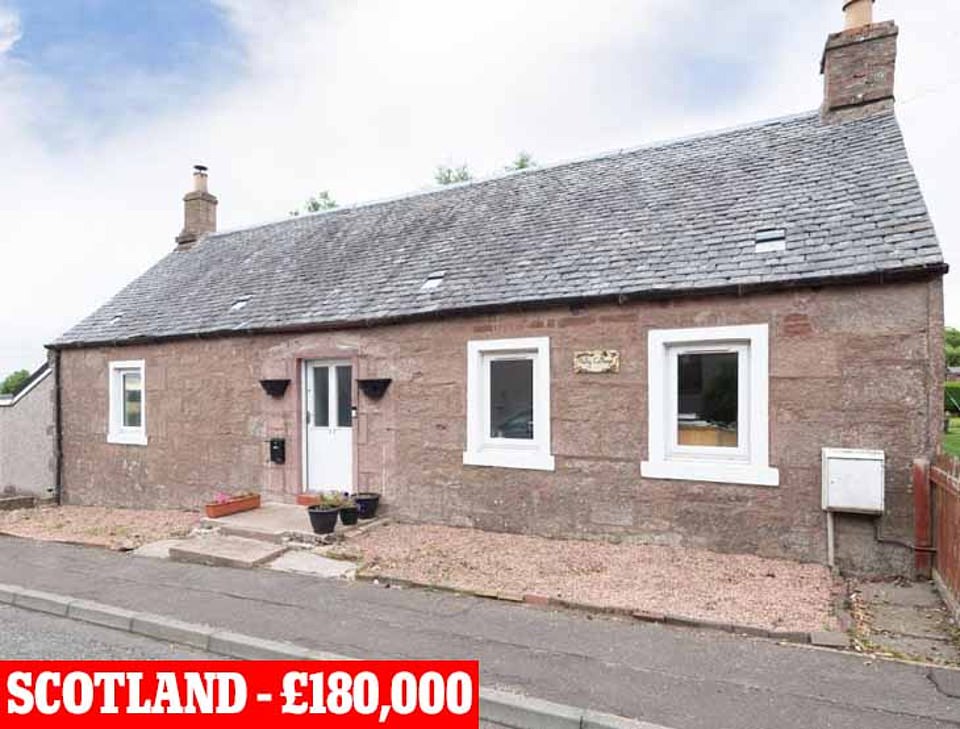





An example of a house in Kirriemuir costing around the average price for the Scotland region, according to figures from Halifax and Nationwide Building Society
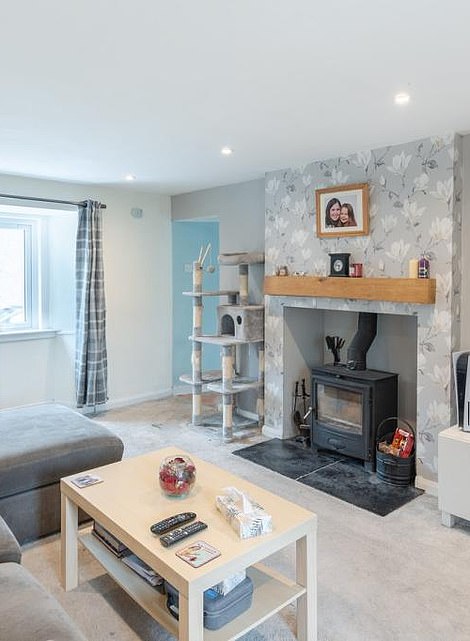





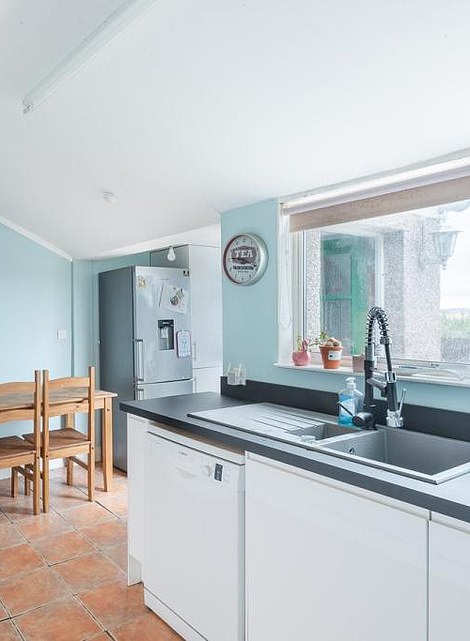





An example of a house in Kirriemuir costing around the average price for the Scotland region, according to figures from Halifax and Nationwide Building Society
Russell Galley, managing director, Halifax, said: ‘It’s important to note that house prices remain more than £30,000 higher than this time last year.
‘While we shouldn’t read too much into any single month, especially as the fall is only fractional, a slowdown in annual house price growth has been expected for some time.
‘Leading indicators of the housing market have recently shown a softening of activity, while rising borrowing costs are adding to the squeeze on household budgets against a backdrop of exceptionally high house price-to-income ratios.
‘That said, some of the drivers of the buoyant market we’ve seen over recent years – such as extra funds saved during the pandemic, fundamental changes in how people use their homes, and investment demand – still remain evident.
‘The extremely short supply of homes for sale is also a significant long-term challenge but serves to underpin high property prices.
‘Looking ahead, house prices are likely to come under more pressure as those market tailwinds fade further and the headwinds of rising interest rates and increased living costs take a firmer hold.
‘Therefore a slowing of annual house price inflation still seems the most likely scenario.’
According to the figures, from Halifax’s House Price Index, house prices fell marginally by 0.1 per cent in July – the first decrease since June 2021.
According to the figures, the average UK property now costs £293,221 – down £365 from the record figure of £293,586 in June.
The data also shows how the annual rate of growth of UK house prices eased from 12.5 per cent to 11.8 per cent between June and July.
Wales was at the top of Halifax’s table for annual house price inflation, with prices there increasing by 14.7 per cent year-on-year.
In Scotland, the average house price was at a record high of £203,677, although it did see a slight slowdown in annual house price growth in July, to 9.6 per cent from 9.9 per cent the previous month.
In London, already record house prices were pushed even higher in July. The average house price in the capital has increased by £40,361 over the past year, Halifax said.
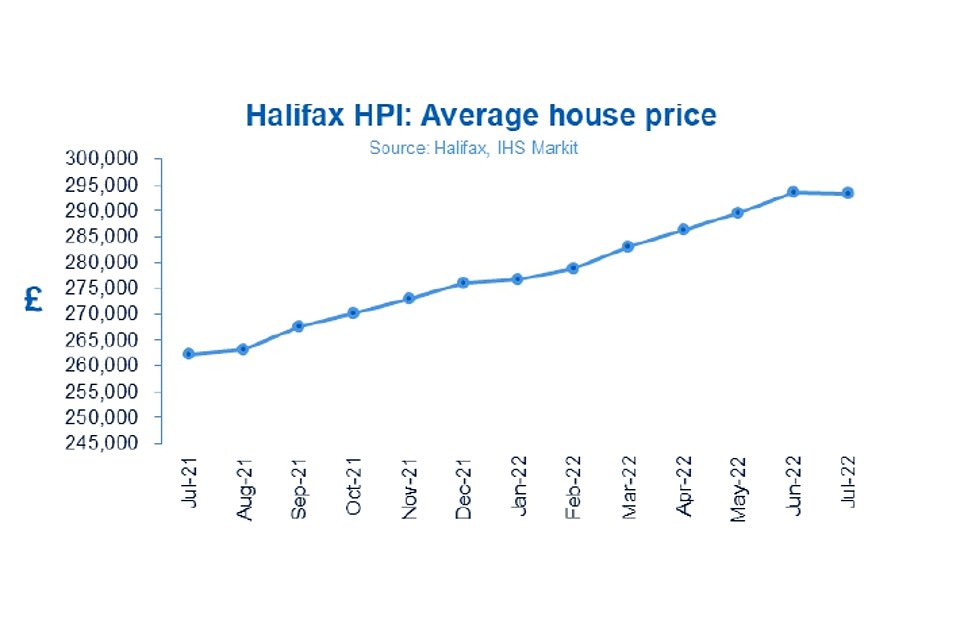





According to the figures, the average UK property now costs £293,221 – down £365 from the record figure of £293,586 in June
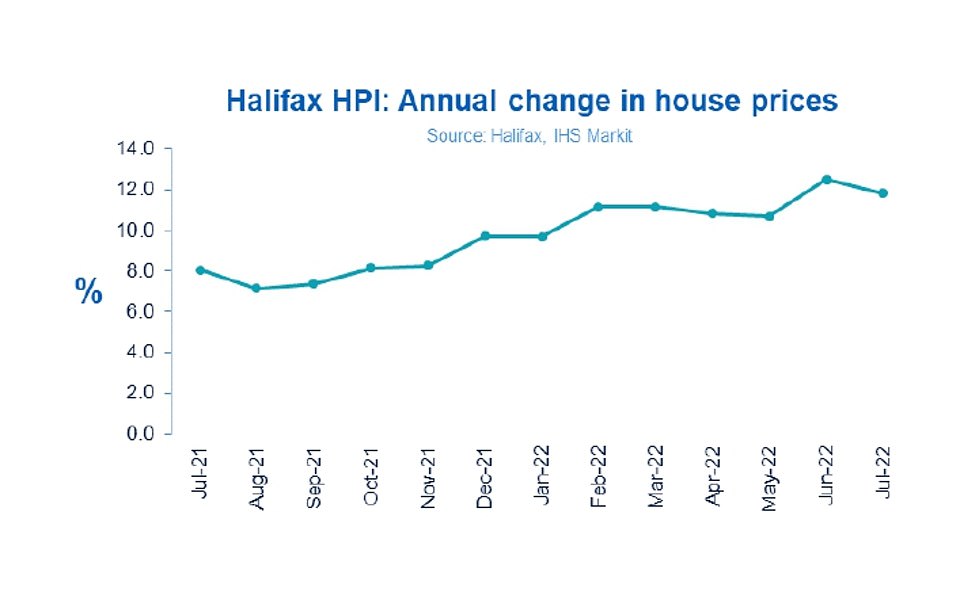





The data also shows how the annual rate of growth of UK house prices eased from 12.5 per cent to 11.8 per cent between June and July
Nicky Stevenson, managing director of estate agent group Fine & Country, said: ‘Cheap debt is fast disappearing and, against this backdrop, we can expect to see a dampening effect as purchasing power continues to be eroded.
‘While the housing market and broader economy do not always move in tandem, the recession predicted by the Bank of England is bound to have an effect on growth and consumer confidence.’
A package of Government cost-of-living support is being delivered in the months ahead, with households facing the prospect of soaring bills and shrinking real incomes for some time to come.
Alice Haine, personal finance analyst at Bestinvest, said: ‘Once a recession digs in, then the threat of job losses will raise its ugly head – damaging buyer confidence and dampening the market in the process.
‘The real turning point could be the Bank of England’s decision yesterday to hike interest rates to 1.75 per cent.’
The Bank of England raised the base rate by 0.50 percentage points on Thursday, taking it from 1.25 per cent to 1.75 per cent, marking the biggest single rate jump since 1995.
This will add around £50 per month to average tracker mortgage costs, based on average balances outstanding, according to calculations from trade association UK Finance.
This is Money’s mortgage comparison calculator can help you work out how much your monthly payments would rise by and show the loans that you could potentially apply for, based on your home’s value and mortgage size.
Halifax’s report comes after separate figures from building society Nationwide suggested that Britain’s housing market had continued to hold strong, despite the cost-of-living crisis, with property prices increasing for the 12th month in a row in July.
Prices were up by 0.1 per cent month on month, according to research by Nationwide Building Society, meaning the average house price in the UK is now £271,209.
On an annual basis, price growth accelerated slightly in July to 11 per cent, up from 10.7 per cent in June, though bosses expect the market to slow in the months ahead as families continue to grapple with soaring inflation.
The level of growth has fluctuated in different areas of the UK, however, with the quarterly change in price in the South West at 14.7 per cent, compared to 6 per cent in London.
The capital is the region with the highest average property price at £540,399, while Scotland has the lowest, with an average of £181,422.
Robert Gardner, Nationwide’s chief economist, said: ‘The housing market has retained a surprising degree of momentum given the mounting pressures on household budgets from high inflation, which has already driven consumer confidence to all-time lows.
‘While there are tentative signs of a slowdown in activity, with a dip in the number of mortgage approvals for house purchases in June, this has yet to feed through to price growth.
‘Demand continues to be supported by strong labour market conditions, where the unemployment rate remains near 50-year lows and with the number of job vacancies close to record highs.
‘At the same time, the limited stock of homes on the market has helped keep upward pressure on house prices.
‘We continue to expect the market to slow as pressure on household budgets intensifies in the coming quarters, with inflation set to reach double digits towards the end of the year.
‘Moreover, the Bank of England is widely expected to raise interest rates further, which will also exert a cooling impact on the market if this feeds through to mortgage rates.’
- Have you bought a property recently and are now considering selling up due to borrowing costs? Or are you looking to downsize to a small property to afford repayments? Contact me: [email protected]